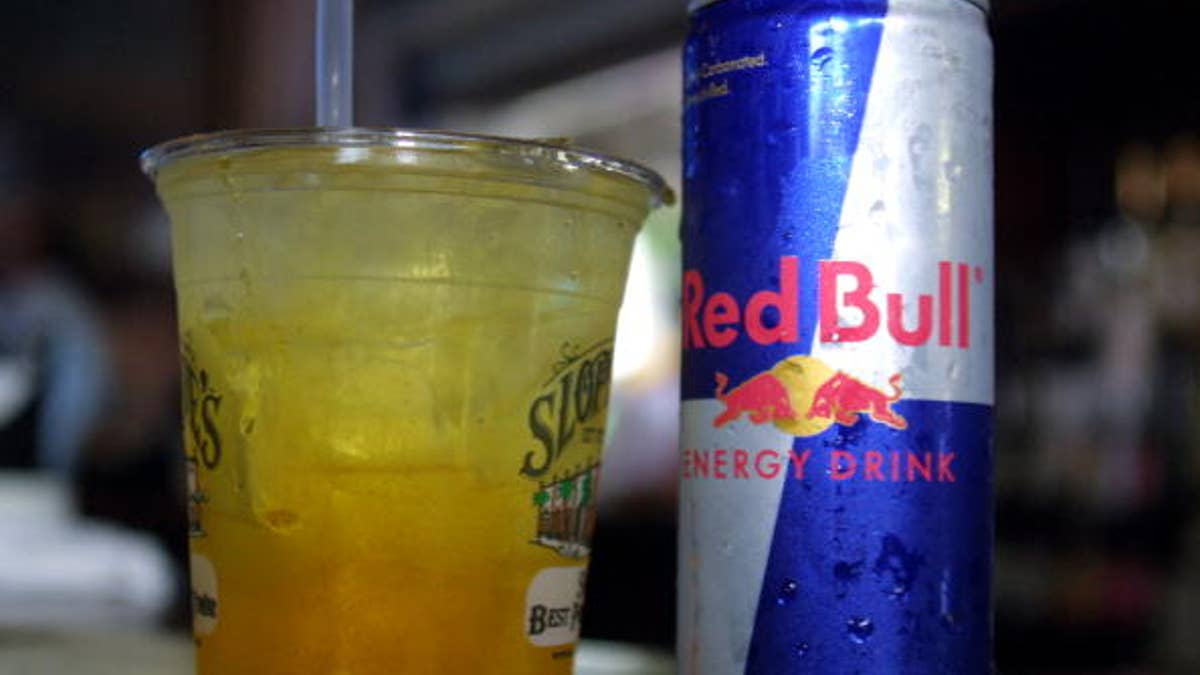
Reports insists energy drinks, whether consumed alone or with alcohol, could cause harmful effects to the body. (Getty)
Alarming new data is again raising concerns over the growing consumption of energy drinks.
A newly released government survey reveals that the number of people visiting the emergency room after ingesting energy drinks has doubled in the last four years, the same time period in which the popularity and availability of the products has soared.
Among the symptoms: severe insomnia, nervousness, headache, fast heartbeat and seizures.
On Friday, the Substance Abuse and Mental Health Services Administration issued a report calling the consumption of these supercharged drinks, a “rising public health problem.”
From 2007 to 2011, the government estimates the number of emergency room visits involving the neon-labeled beverages shot up from about 10,000 to more than 20,000. Most of those cases involved teens or young adults, according to the survey.
The significance of this survey lies in the fact that more than 50 percent of these emergency room visits came from consuming solely energy drinks and not a cocktail of the beverages and other stimulants like alcohol or drugs.
According to consumer research group Mintel, a 2010 report on Latino beverage consumption habits showed Hispanics are more likely than non-Hispanics to purchase energy drinks.
Bryan Weber, CEO of BeBevCo, the company that makes “Potencia,” an energy drink specifically marketed at Latinos, does not believe the drinks should be to blamed for the spike in ER visits.
“Our drink doesn’t have any more caffeine than a cup of coffee,” he said.
While Weber is aware of the issues these types of drinks make, “abuse of these types of things are going to happen.”
Even though “Potenica” targets Latinos, who are three times more likely to consume the product, Weber says the youth demographic was not part of their marketing strategy.
From 2007 to 2011, the most recent year for which data was available, people from 18 to 25 were the most common age group seeking emergency treatment for energy drink-related reactions, the report found.
The report also cites that 30 to 50 percent of children, adolescents, and young adults consume the drinks.
Dr. Marcie Schneider, co-author of the American Academy of Pediatrics clinical report on the effects of sports and energy drinks in adolescents, warns of the serious dangers consumption of these beverages can cause.
“Parents need to start getting aware,” Schneider told Fox News Latino. “These drinks are scary.”
“They are clearly geared for youth.”
Dr. Matilde Parente, a California-based women’s nutrition expert, warned that no matter who the drinks are marketed to, everyone is at risk.
“Even though energy drinks appeal to the youth market, we're seeing more older people getting into trouble with these drinks,” Parente told Fox News Latino. “Caffeine affects people differently, and large doses can have dangerous or unpredictable effects on elderly populations, who are also likely to be taking prescription drugs and might have underlying heart conditions.”
In 2011, sales volume for energy drinks rose by almost 17 percent, with the top three companies — Monster, Red Bull and Rockstar — each logging double-digit gains, Beverage Digest found. The drinks are often marketed at sporting events that are popular among younger people such as surfing and skateboarding.
The Associated Press contributed to this report.
